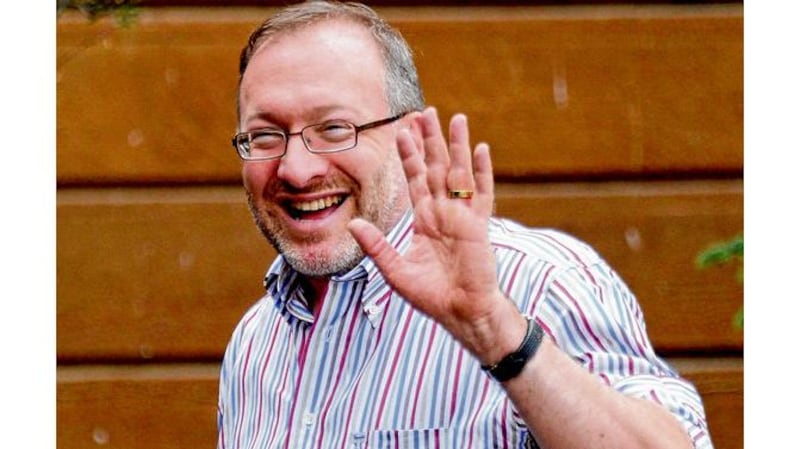Stocktake:Global markets tumbled last week following news that some Federal Reserve officials are concerned about aggressive monetary easing policies.
US stocks suffered their biggest daily drop since November while the Vix, or fear index, surged 19 per cent, its biggest one-day rise in 15 months. Europe’s equivalent, the VStoxx, rose by 13 per cent.
So volatility is back? No. The VStoxx reading of 22 remains below its historical average (26). Ditto the Vix, which closed below 15 for the 34th consecutive session and remained well shy of its historical average (20) as well as 2012’s average (17.8).

Many assume the recent calm to be an aberration, considering that current Vix readings have only occurred once every 50 days on average over the past five years. However, the volatility index traded at current levels consistently between 2004 and 2007, and its 2006 average was below 13.
Fear may well return to the markets; no one knows for sure.
However, to assume that this is inevitable, and that the Vix is at freakishly low levels, is to misread the data.
Where the money is going
Secretive value investor Seth Klarman’s biggest new position in the last quarter was AIG, which trades for just 2.5 times earnings and 0.55 times its book value.
Klarman is not the only investor to be attracted to AIG. In fact, the stock is now the most popular pick among hedge funds, Goldman Sachs noted last week. At the end of the fourth quarter, 117 hedge funds owned AIG stock, and it was a top 10 holding in 80 of those cases.
Apple, for three years the top hedge fund holding, has slipped to third place, behind Google. Apple, which has lost more than one-third of its value since September, is a top 10 holding for 67 funds, compared to 109 in the previous quarter.
One hedge fund giant who remains keen on Apple, however, is George Soros, who more than doubled his stake in the last quarter.
What’s another death cross?
Gold prices last week hit a seven-month low, with fevered speculation that further falls are in store following an apparently bearish technical signal – a so-called “death cross”.
A death cross occurs when a security’s down-trending 50-day moving average moves below its 200-day average.
Technicians note Apple suffered a death cross last December, and has fallen by a fifth since then. Additionally, gold last suffered a death cross in April 2012, losing another 8 per cent over the following few weeks, while double-digit losses followed gold’s 2008 death cross.
This is cherry-picking, however. Just months after gold’s April 2012 death cross, a golden cross (the 50-day average crossing above the 200-day average) occurred. Supposedly a bullish signal, the metal topped out soon afterwards.
According to Schaeffer’s Investment Research, gold has experienced 22 death crosses since 1970. Typically, it outperformed over the following month, with slight underperformance over three- and six-month periods.
It may sound apocalyptic, but the death cross, as market strategist and blogger Barry Ritholtz notes, is a “rather meaningless signal”.
The easy way to make $29bn
Seth Klarman was reported last week as saying that investing today “may well be harder than it has been at any time in our three decades of existence” due to the Federal Reserve’s “relentless interventions and manipulations”.
Many readers will not be aware of Klarman but he is a Buffett-like figure to industry insiders.
His Baupost Group has achieved annualised returns of 21 per cent since 1983, growing its assets from $27 million to $29 billion. These figures are even more extraordinary when one considers Klarman’s conservatism – cash balances typically range from 20 to 50 per cent.
Klarman doesn’t have a Bloomberg terminal at his desk, saying the only reason he cares about market gyrations is so he can buy something cheaper. Valuing businesses is not hard, he says – the psychology of investing is the difficult part.
Klarman’s investing philosophy is laid out in Margin of Safety, his legendary 1991 book. Out of print, it can be bought on Amazon. However, a true value investor might baulk at the price – $2,497.












